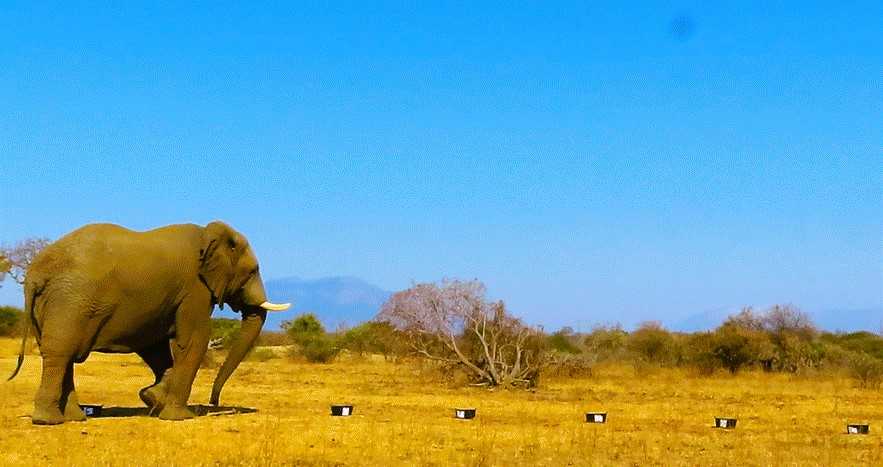Identifying and implementing alternative, income-generating elephant unpalatable crops as soft barriers to subsistence crops
A lot of is still unknown about elephants’ dietary preferences and deterrence crops. To expand our knowledge and create replicable methodologies, we studied elephants’ preferences towards 18 different types of crops, the majority of which are of high combined economic value (food, essential oil, medicinal and bee fodder value) and suitable for growing in Southern African climates. The cafeteria-style experiments allowed us to evaluate several plants that have never been tested in terms of their palatability to elephants. Our results showed that herbs such as borage and rosemary with medicinal and aromatic properties, respectively, were strongly avoided together with bird’s eye chilli (a well-known elephant deterrent crop). We found that lemon grass and sunflowers, presented as whole fresh plants to the elephants, were edible to the elephants. This is surprising, as both plant types have been described as unpalatable to both Asian and African elephants alike.
According to our overall scoring system, four food types proved best suited for the proposed corridor region (Bird’s Eye Chilli, Cape Gold, Cape Snowbush and Rosemary). Of these, only Bird’s Eye Chilli had been tested before. The other three plant types have been used in producing essential oil and hold great promise for income-generation.
The semi-habituated elephants are intelligent and could easily become bored with the experimental setup. It did help that the set out of the food type sequence was randomised every day. We also learnt that the time of experimentation did have a role to play, thus in the afternoon the elephants seemed more hungry and agreeable to approach and test every experimental food bucket. Filming the entire experiment help with the analyses as data recording on site could become complicated depending on the elephant’s behaviour and the ability to replay the sequence of event was helpful.
